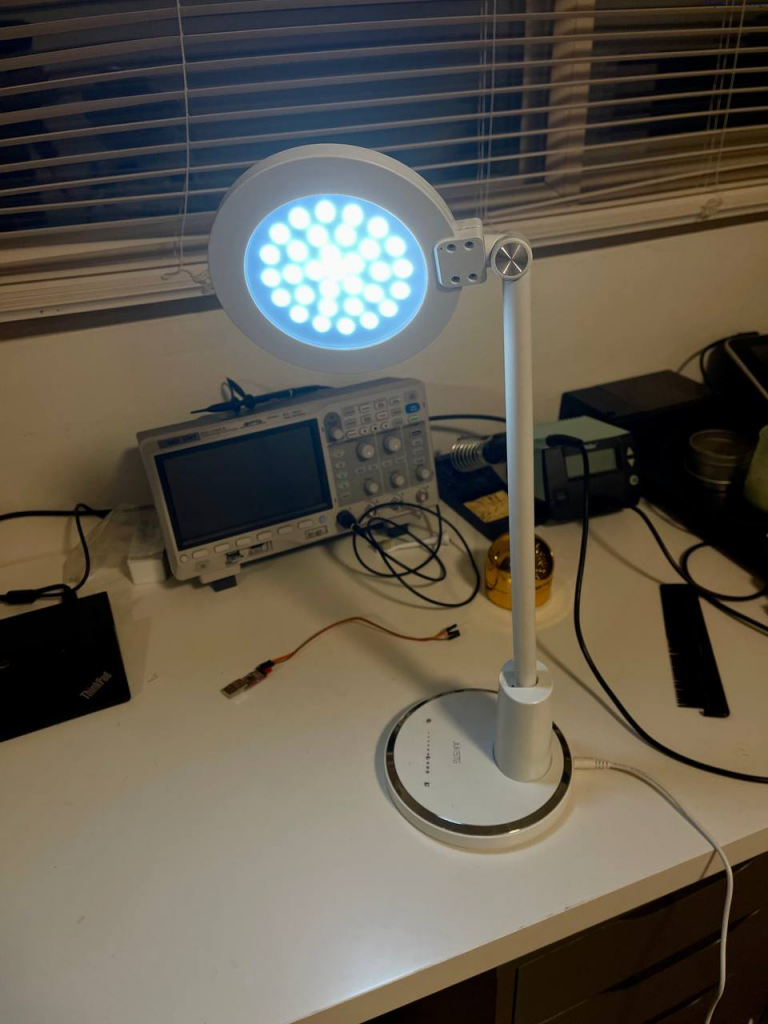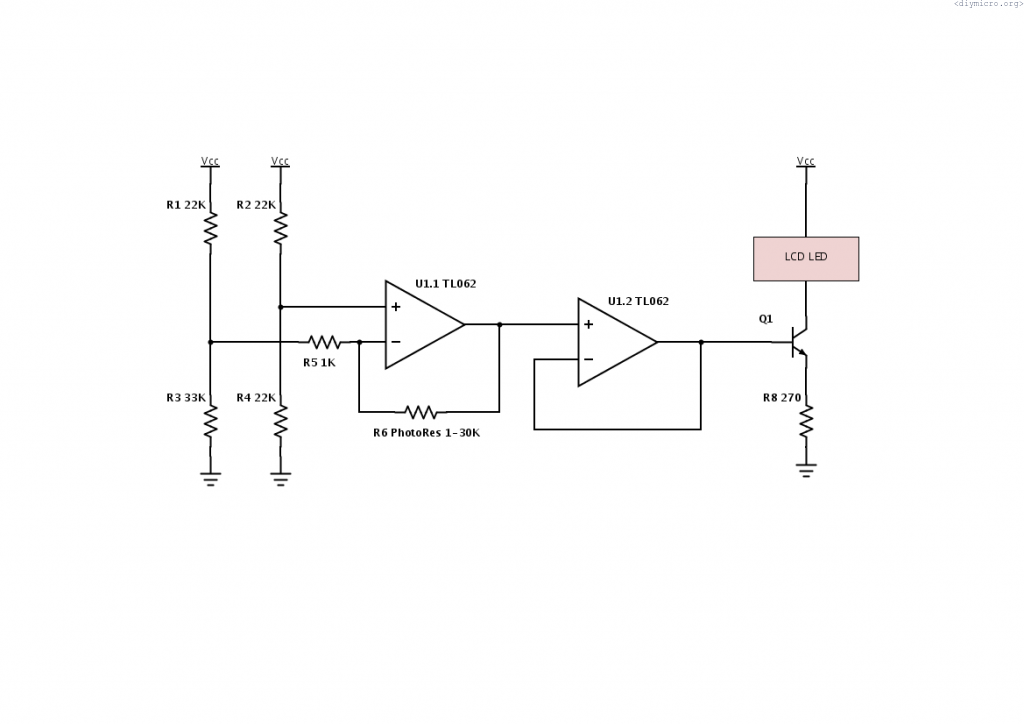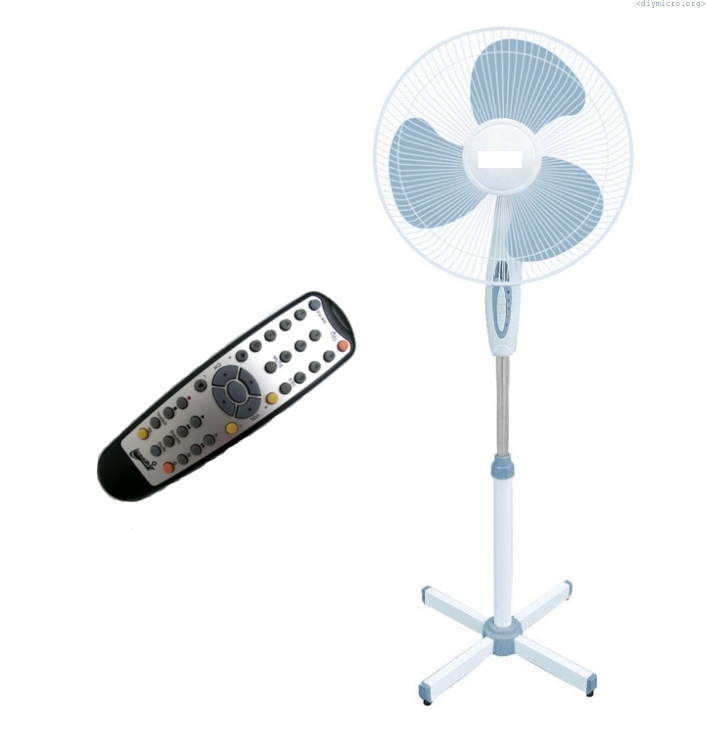Recently my daughter brought a journal from the local library. There was a bug bot my daughter said she wanted to make and it was dead simple. There was just one problem with that – I did not get how it could work at all – there was just a solar cell and the vibration motor just connected directly. The motor needs like constant 60mA of current, how is that possible that a tiny solar cell can provide that?
So I ordered cheap motors and cheap solar cells from a you-know-the-name website and guess what, it did not work.








